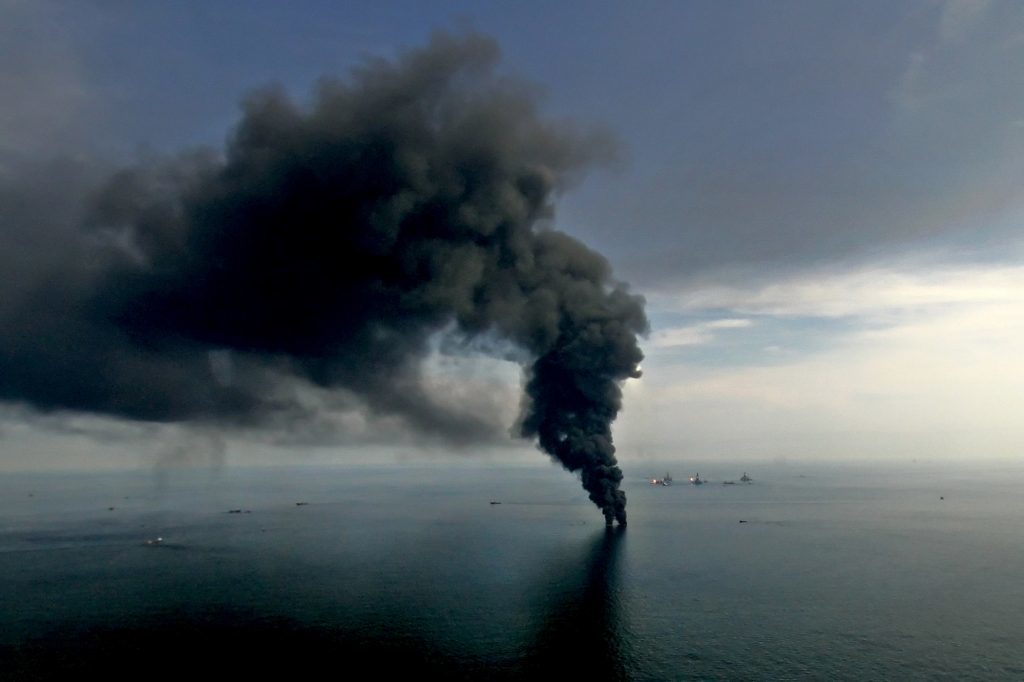
The Deepwater Horizon oil spill may have been even larger than previously thought, research suggests.
Toxic and invisible oil spread well beyond the known satellite footprint of the Deepwater Horizon oil spill, according to a new study.
Led by scientists at the University of Miami (UM) Rosenstiel school of Marine and Atmospheric Science, researchers combined oil-transport modelling techniques with remote sensing data and in-water sampling to provide a comprehensive look at the oil spill.
They found that a fraction of the spill was invisible to satellites, and yet toxic to marine wildlife.
Lead author Igal Berenshtein said: “We found that there was a substantial fraction of oil invisible to satellites and aerial imaging.
“The spill was only visible to satellites above a certain oil concentration at the surface leaving a portion unaccounted for.
Scientists say their findings have important implications for environmental health during future oil spills.
On April 20, 2010, the Deepwater Horizon oil rig exploded, releasing 210 million gallons of crude oil into the Gulf of Mexico for a total of 87 days, making it the largest oil spill in US history.
Oil slicks from the disaster covered an estimated area of 57,000 square miles (149,000 square kilometres).
The study published in Science Advances, showed a much wider extent of the spill beyond the satellite footprint, reaching the West Florida shelf, the Texas shores, the Florida Keys and along the Gulf Stream towards the East Florida shelf.
Claire Paris, senior author of the study and professor of ocean sciences the UM Rosenstiel School, said: “Our results change established perceptions about the consequences of oil spills by showing that toxic and invisible oil can extend beyond the satellite footprint at potentially lethal and sub-lethal concentrations to a wide range of wildlife in the Gulf of Mexico.
“This work added a third dimension to what was previously seen as just surface slicks.
“This additional dimension has been visualised with more realistic and accurate oil spill models developed with a team of chemical engineers and more efficient computing resources.”
The researchers say the new framework can help emergency managers and decision makers in better managing the impacts of future potential oil spills.